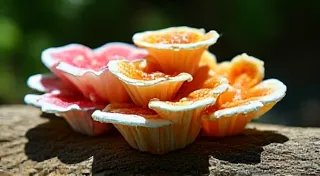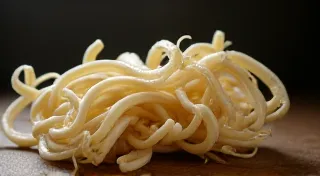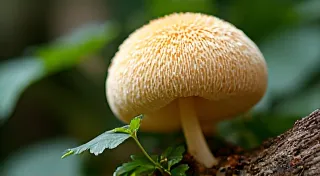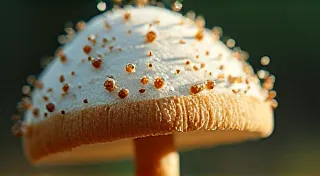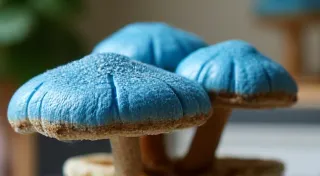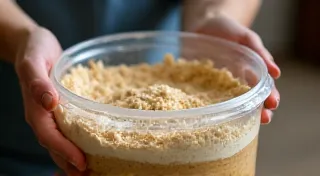Golden Oyster Mushroom Cultivation: Bright and Delicious
Golden Oyster mushrooms (Pleurotus citrinopileatus) are a stunning and delectable addition to the world of gourmet mushrooms. Their vibrant yellow color and delicate flavor make them a prized ingredient for chefs and home cooks alike. This guide will walk you through the process of cultivating these beauties in your own home, providing you with the knowledge to enjoy a bountiful harvest.
Understanding Golden Oyster Mushrooms
Unlike their more common blue and pink oyster cousins, Golden Oysters offer a unique aesthetic appeal. Their distinctive golden-yellow hue isn’s just beautiful; it's an indicator of a unique nutritional profile. They are known for their slightly fruity aroma and a flavor that is mild yet rich. Pleurotus citrinopileatus are saprophytic, meaning they feed on decaying organic matter, primarily hardwood. This preference dictates the type of substrate we’ll use for cultivation. Understanding the nuances of different mushroom species and their needs is fascinating - ever wondered about the complexities of fungal coloration? You might enjoy exploring “Chromatic Echoes: The Art & Alchemy of Fruiting Body Pigmentation” for a deeper look.
Substrate Selection and Preparation
The substrate is the foundation of successful mushroom growing. For Golden Oysters, a hardwood substrate is essential. Avoid softwoods like pine. Excellent options include oak, maple, beech, and birch. You can use fresh wood chips, sawdust, or a combination of both.
Pasteurization is Key: Unlike some other oyster mushroom varieties, Golden Oysters are more susceptible to contamination. Thorough pasteurization of your substrate is vital. This involves heating the substrate to 140-160°F (60-71°C) for a specific time to kill off competing microorganisms. This can be done using a large pot of hot water or a steam generator. Remember to always prioritize safety when working with hot liquids. Maintaining a sterile environment isn't always easy – it's a common challenge that many growers face. If you run into trouble, it’s worth consulting a more general guide on mushroom growing troubleshooting for helpful tips.
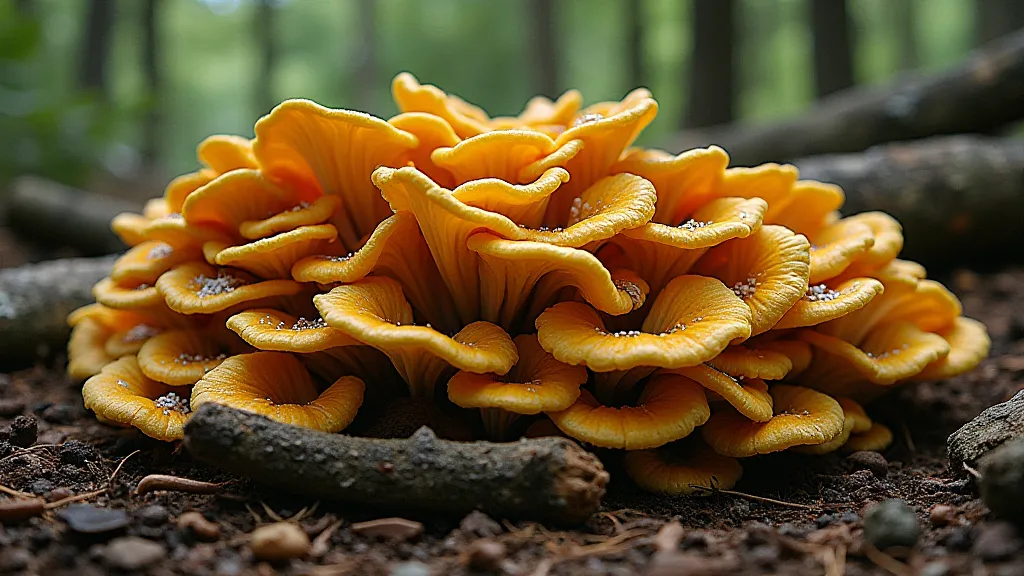
Inoculation – Introducing the Mycelium
Once the substrate is cooled to around 70-75°F (21-24°C), it’s time to inoculate it with Golden Oyster mushroom spawn. Spawn is essentially grain or sawdust colonized with the Pleurotus citrinopileatus mycelium.
Even Distribution is Crucial: Mix the spawn thoroughly and evenly throughout the substrate. A typical inoculation rate is around 5-10% spawn to substrate by weight. Be meticulous in your work to ensure good colonization. The environmental conditions you create during incubation are crucial; a poorly managed environment can significantly impact mycelial growth. For those looking to fine-tune their growing environment, consider setting up a dedicated grow room. You can find helpful tips on creating a mushroom grow room to optimize conditions.
Incubation – The Mycelial Phase
After inoculation, the bags or containers need to be placed in a dark, humid, and temperature-controlled environment. The ideal temperature for incubation is around 65-75°F (18-24°C). The mycelium will now begin to colonize the substrate, spreading its network throughout. This process can take anywhere from 2 to 24 weeks, depending on factors like temperature and substrate density. It's a patient process that rewards careful attention to detail. The success of your grow depends heavily on factors like humidity, temperature, and ventilation, all of which contribute to a healthy mycelial network.
Fruiting – Bringing on the Mushrooms
Once the substrate is fully colonized (it will appear white and fuzzy), it’s time to initiate fruiting. This involves introducing changes in environmental conditions to trigger the formation of mushrooms.
Key Fruiting Conditions:
- Light: Provide indirect light.
- Humidity: Maintain high humidity (85-95%). Regular misting is essential.
- Temperature: Lower the temperature slightly to around 60-70°F (15-21°C).
- Fresh Air Exchange (FAE): Golden Oysters need good FAE. Briefly open the bags or containers several times a day to provide fresh air.
Maintaining appropriate humidity and temperature throughout the fruiting process is crucial for successful mushroom development. The fruiting stage is often where growers encounter the most immediate challenges. Unexpected issues can arise, and a quick response is often necessary. If problems crop up, remember to check out a general guide on mushroom growing troubleshooting for a wide range of solutions to common issues.
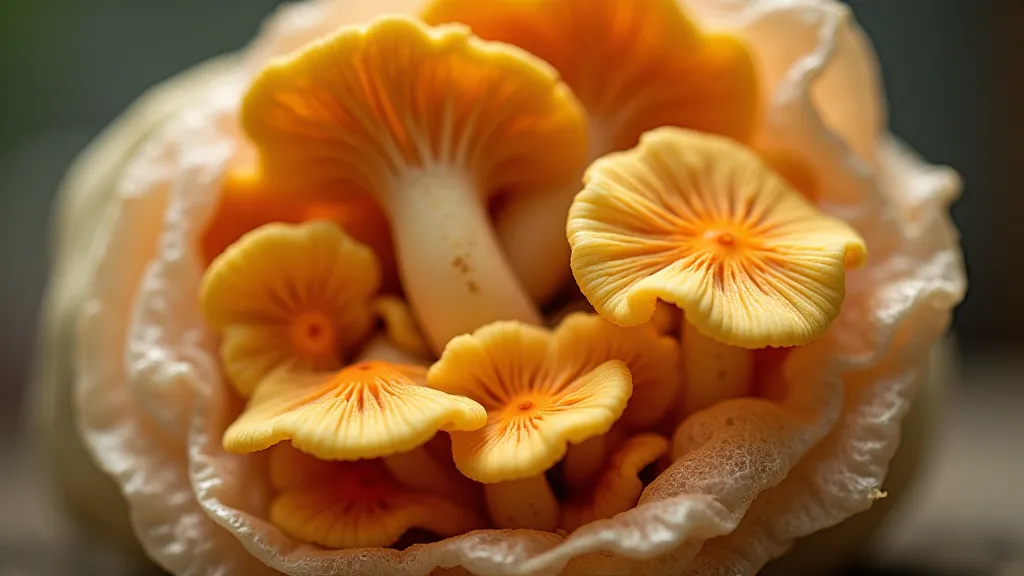
Harvesting and Subsequent Flushes
Golden Oyster mushrooms typically fruit in clusters. Harvest them when the caps are fully developed but before they begin to drop spores. A gentle twist is usually enough to detach them from the substrate.
Multiple Flushes: After the first flush, you can often stimulate additional flushes by soaking the colonized substrate in cold water for several hours. This rehydrates the substrate and encourages further mushroom development. The process of rehydrating the substrate and inducing subsequent flushes is often key to maximizing your harvest. With proper care, you can often extend the lifespan of your colonized substrate and enjoy multiple harvests.
Troubleshooting
- Contamination: If you see green, black, or other unusual colors on your substrate, it’s likely contaminated. Dispose of the substrate carefully.
- Slow Colonization: Low temperatures or a dry environment can slow down colonization.
- Lack of Fruiting: Inadequate humidity, insufficient light, or poor FAE can prevent fruiting.
Successful mushroom cultivation involves understanding potential problems and knowing how to address them. The ability to identify and solve issues quickly is a skill that improves with experience. Some contamination issues might be more difficult to resolve, but understanding the underlying cause is important for preventing future problems.
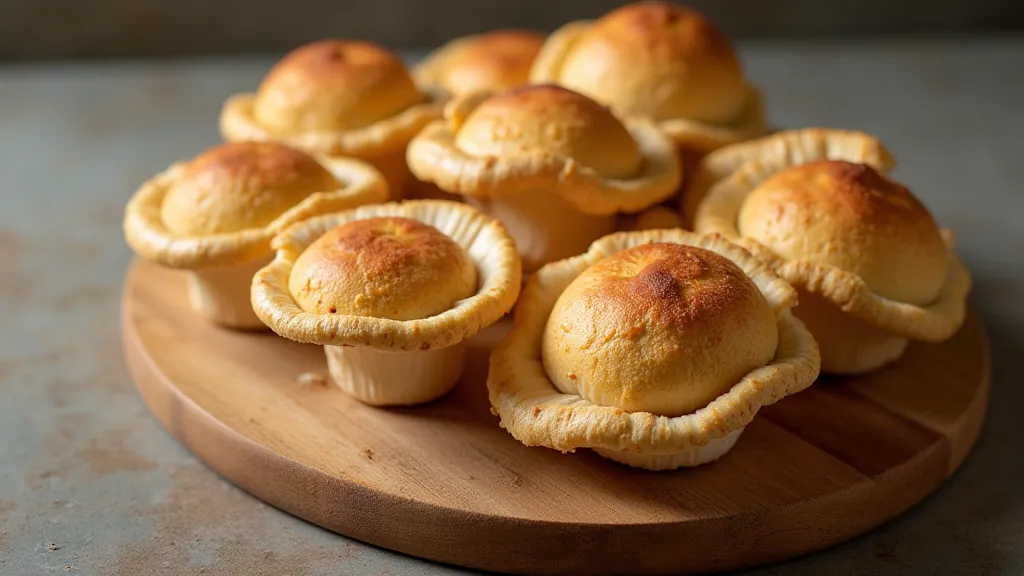
Enjoying Your Harvest
Golden Oyster mushrooms are incredibly versatile in the kitchen. They can be sautéed, grilled, roasted, or added to soups, stews, and stir-fries. Their delicate flavor pairs well with a variety of herbs and spices. With a little care and attention, you’re well on your way to enjoying a continuous supply of these beautiful and delicious gourmet mushrooms. Consider pairing them with other gourmet varieties like the mighty Maitake – learn more about its cultivation in our guide to Maitake Mushroom Cultivation: The Hen of the Woods.
